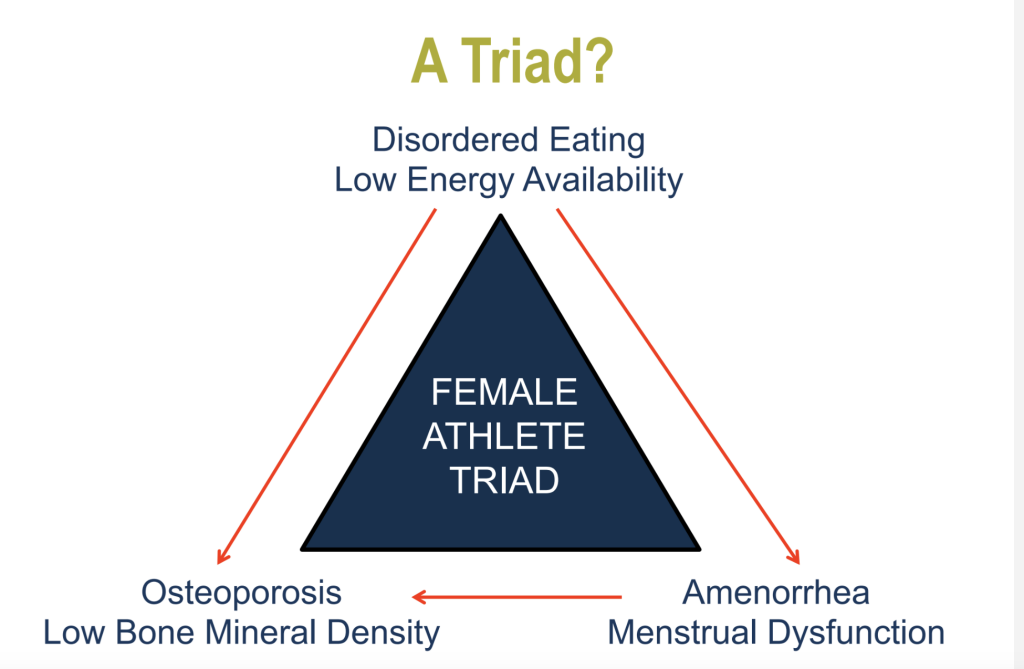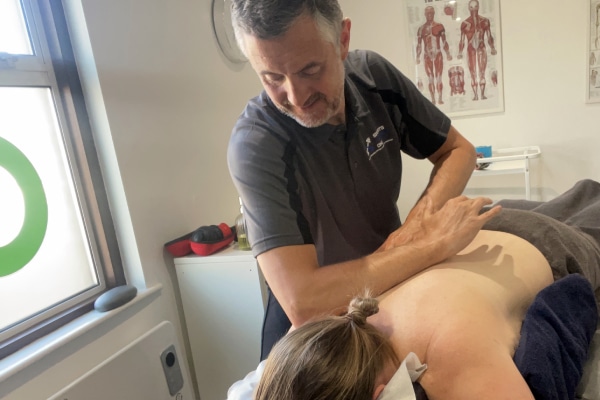In the sporting world, where physical prowess and determination are often highlighted, a significant yet often overlooked health concern exists that predominantly impacts female athletes. The Female Athlete Triad is more than just a medical issue; it represents a complicated relationship between energy deficiency, menstrual irregularities, and compromised bone health that can hinder even the most talented competitors. Imagine an elite runner achieving victory while simultaneously grappling with unseen challenges that threaten her overall well-being. As young women strive to excel in athletic pursuits, the essential balance between rigorous training and personal health can sometimes be neglected.
This article aims to explore the complexities surrounding the Female Athlete Triad, illuminating its origins, effects, and crucially, potential solutions. By equipping ourselves with knowledge and understanding, we can better assist female athletes in prioritising health without sacrificing competitive aspirations. This discussion is vital not only for athletes themselves but also for coaches, physio’s, sports therapists, parents, and advocates who play key roles in fostering a healthier environment for women in sport.

The implications of the Female Athlete Triad extend beyond physical concerns; they also significantly impact mental well-being. The triad consists of three interconnected elements: energy deficient (disordered eating), irregular menstrual cycles, and reduced bone density. Athletes may dismiss early warning signs as normal training fatigue or stress-related symptoms. However, neglecting these indicators can lead to negative outcomes, both short-term declines in performance and long-term damage to bone integrity.
Amenorrhea, an absence of menstruation is increasingly recognised among young female athletes as an important early indicator of underlying issues that go beyond just missing a period. It often acts as a subtle signal pointing toward hormonal imbalances caused by intense training regimens combined with insufficient caloric intake and psychological pressures. While some may regard amenorrhea as merely an inconvenience or even a point of pride on the path to peak performance. However, its deeper ramifications on bone health could result in serious conditions like osteoporosis later in life.
Addressing this issue necessitates a comprehensive strategy that underscores the significance of nutritional education alongside psychological support and physical rehabilitation. Promoting open dialogues about body image concerns and performance anxiety can help eliminate stigma, while encouraging healthy practices among athletes. Coaches, parents, and healthcare professionals have essential roles to play in raising awareness; they must cultivate an atmosphere where discussing these challenges feels safe and constructive.
Empowering female athletes with knowledge about their bodies is crucial for achieving sustainable success both during competition and beyond it. In summary, the Female Athlete Triad underscores an important intersection involving energy availability, menstrual function, and bone health that frequently goes unnoticed within sports circles. Awareness and education are vital for athletes as well as coaches and healthcare providers so they can identify the signs early on.
By emphasising balanced nutrition alongside mental wellness initiatives along with regular medical assessments, female athletes can protect both performance capabilities and long-term health outcomes. It is imperative to create spaces where discussions about these critical topics are welcomed so that women involved in athletics can flourish both physically and mentally.



